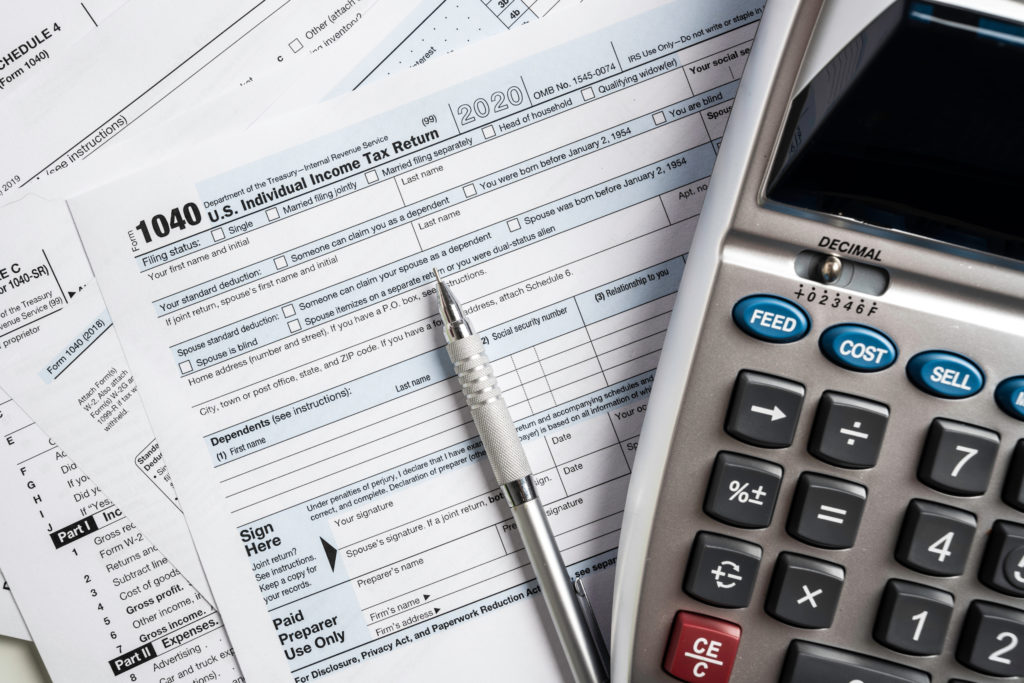For most of the 1990s and 2000s, Maine’s tax code remained relatively stable. Corporate and income tax rates were unchanged and except for modifications to how the state calculates what portion of corporate profits are taxable, things largely stayed the same. In 2004, Maine voters required the state to pick up 55 percent of K-12 education costs so that education funding would be less reliant on property taxes. Maine was then hit by the Taxpayer Bill of Rights (TABOR) initiatives sweeping the nation as voters were asked to consider proposals in 2006 and 2009 that would have limited state spending and gradually eliminated the income tax. While the 2004 education initiative succeeded and the TABOR initiatives failed, the issue of taxes moved closer to the center of the policy debate.
In 2009 Governor Baldacci championed an income tax cut with a significant expansion of the sales tax base. The expansion included taxes on some services such as amusement parks, sporting events, and a range of maintenance and service transactions, including auto repair and dry cleaning. The proposal also increased the meals and lodging tax and replaced the state’s graduated income tax structure with a flat 6.5 percent rate and a 0.35 percentage point surcharge on income over $250,000. However, a resulting ballot initiative overturned the entire package, reverting to the prior tax structure.
After Governor LePage took office in 2011, he used his budget proposals to advance his main priority: elimination of the income tax, a revenue stream that represented 48 percent of revenues at the time.1 In response, the Legislature cut income tax rates and increased reliance on sales taxes in the budgets passed under the LePage administration.
While LePage was ultimately unsuccessful at repealing the income tax in his tenure as governor, Maine went from having a largely stable tax code that had undergone few changes to one that rapidly evolved. Despite some revenue raising efforts such as expanding the sales tax to more goods and services, the tax changes under LePage were net losses to the state’s revenue system and left income tax collecting $895 million less per year in 2022 dollars.2 Some of these tax changes helped increase after-tax incomes for households with low income but a staggering 46 percent of this tax cut benefits the wealthiest 20 percent of households making more than $115,000 a year.3
In addition to these changes, in the middle of LePage’s tenure, he led a charge against the 2016 voter approved referenda to enact a 3 percent surcharge on household income over $200,000. This surcharge would raise $219 million for education (using 2022 dollars and incomes) but LePage immediately proposed eliminating the surcharge and the Legislature ultimately followed through in the budget that passed in 2017, returning Maine’s top rate to 7.15 percent. This tax cut is on top the other $895 million cut out of the income tax and elimination of the education surcharge represents an average tax cut of $23,400 to Maine’s top 1 percent today.4
LePage also consistently pursued policies that would shift the cost of services onto towns and property taxpayers. He repeatedly attempted to eliminate the homestead property tax exemption for households with people under the age of 655, gutted the state’s “circuit breaker” program that lowered property tax bills for households with low incomes6, and failed to fully fund revenue sharing and education costs to support local services and school districts, driving up local property taxes.7
While under the Mills administration, the governor and legislature continue to consider and pass changes to the tax code that erode the income tax, the proposals have been narrower in scope than the sweeping changes LePage attempted to push through. And rather than focusing on cutting tax rates for the wealthiest households and corporations, the Mills administration has worked to improve programs that reduce taxes for households and young professionals with low income and has limited her broad payment programs to one-time expenses that don’t compromise revenues in future years.
Since taking office, the state’s Earned Income Tax Credit, a benefit for nearly 100,000 working Mainers with low income, has increased five-fold8 and multiple expansions of the state property tax fairness credit have attempted to alleviate high rent and property tax costs for households with low income.9 To strengthen the tax code, the governor and legislature have also passed bills that limit loopholes for corporations taking the Maine Capital Investment Credit10 and Foreign Derived Intangible Income deduction.11 Mills and the legislature have also worked to streamline and expand the state’s student loan repayment income tax credit that will reimburse Mainers for costs paid toward student loans up to $2,500 a year.12
Alongside these changes, the legislature included a provision in the most recent budget to increase the amount of untaxed pension income from $10,000 to $35,000 over the course of four years. This adjustment comes at a great cost to state revenues, amounting to $85 million per year once fully phased in, and two-thirds of which will benefit the wealthiest 20 percent of Mainers.13
In addition to improvement to the property tax fairness credit, Mills has fully funded the state’s share of education costs and revenue sharing for towns to help stabilize property taxes while also increasing the exemption amount of the homestead exemption program from $20,000 to $25,000 and phasing in full funding for the program at the state level instead of requiring towns pick up half the cost.14
We pay for things that benefit all of us — like schools, roads, parks, public safety, and clean water — by the resources raised through taxes. As Maine continues to revise methods of collecting essential revenue, Maine Center for Economic Policy urges elected leaders to weigh the choice between tax cuts that compromise resources and making sure all workers, families, and communities have the tools and opportunities they need.
Notes:
[1] https://legislature.maine.gov/doc/690
[2] Analysis provided by the Institute on Taxation and Economic Policy, July 2022, analysis uses 2022 income amounts to estimate revenue impacts and distribution of tax change by income.
[3 ibid
[4] ibid
[5] Gov LePage proposed restricting the homestead to homeowners over 65 in the budgets he proposed in 2013, 2015, and 2017.
[6] The circuit breaker program was eliminated in the budget passed in 2013.
[7] None of the four budgets he oversaw fully funded education at 55 percent or revenue sharing at 5 percent of state revenues.
[8] The state EITC increased from a refundable credit equal to 5 percent of the federal EITC to a refundable credit equal to 25 percent of the federal credit for households with children and 50 percent of the federal credit for households without children (the federal credit is much smaller for households without children, which is why Maine reimburses a larger amount for childless adults.)
[9] Ld 1001 in 2019, LD 221 in 2021, and LD 1995 in 2022 all expanded the Property Tax Fairness Credit. The resulting changes have increased the benefit amount and increased the number of families that are eligible for the credit.
[13] Analysis provided by the Institute on Taxation and Economic Policy, June 2022
[14] LD 221 passed in 2021 and LD 1001 in 2019 contained the homestead exemption policy changes




